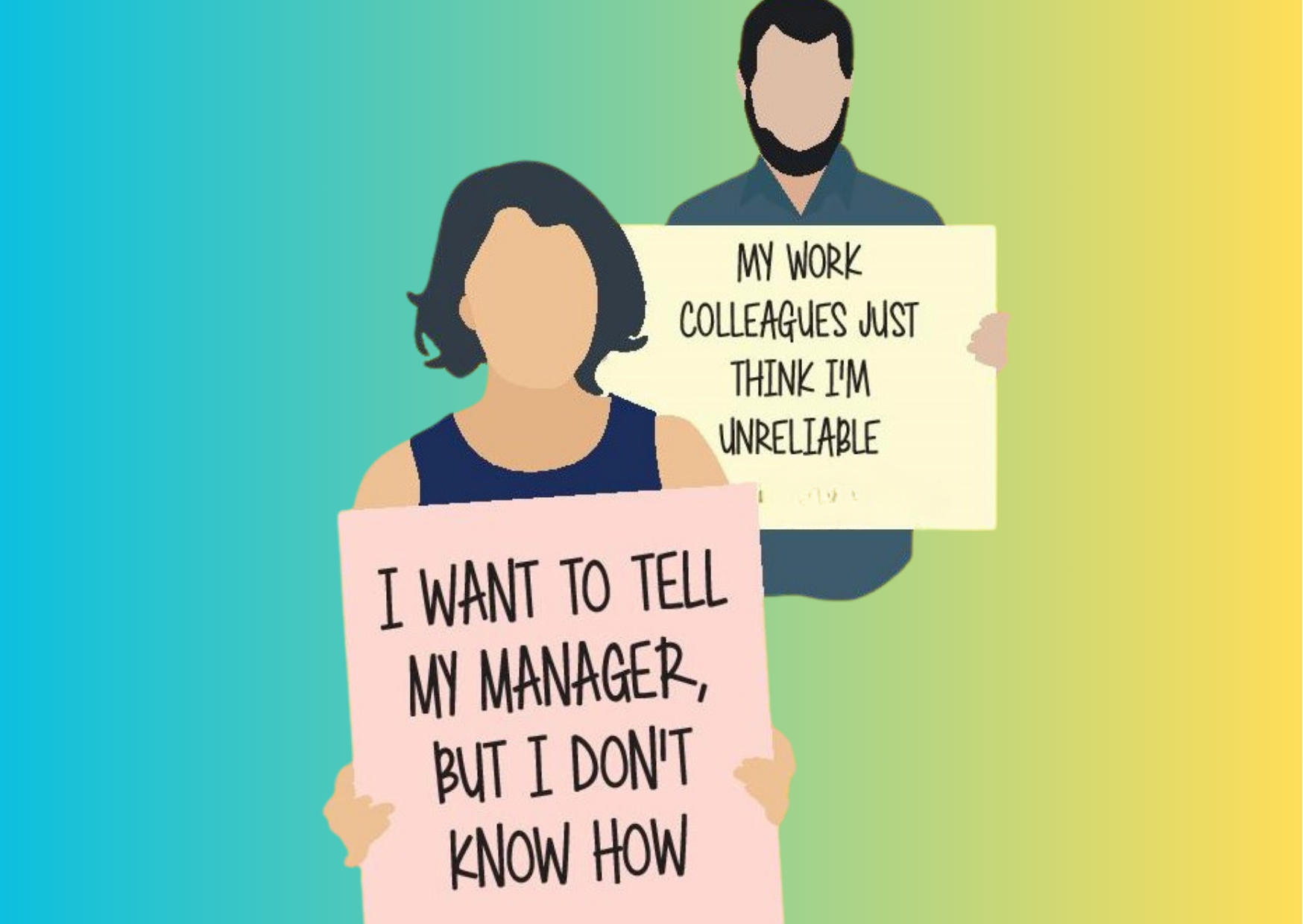Domestic Abuse in the Workplace:
Recognising the Signs and Responding with Compassion

Domestic abuse does not stay at home. It follows victims into the workplace, impacting their performance, mental well-being, and even their safety. Despite its prevalence, many employers remain unsure of how to identify and support employees experiencing domestic abuse.
This blog explores what domestic abuse in the workplace might look like from the perspectives of both male and female victims and offers guidance on how employers can create a supportive and legally compliant response.
Anecdotal Evidence: The Reality of Domestic Abuse at Work
A Female Perspective: Emma’s Story
Emma, a high-achieving marketing manager, had always been seen as confident and competent. However, over time, colleagues noticed a shift. She became withdrawn, started arriving late, and often had visible bruises on her wrists. When asked, she dismissed concerns with vague explanations about being clumsy. What her colleagues didn't know was that Emma’s partner was controlling every aspect of her life—restricting her access to finances, monitoring her phone, and even showing up outside her office to check on her. Work had once been her sanctuary, but now it felt like an extension of her prison.
A Male Perspective: James’ Story
James, a warehouse supervisor, had always been known for his easygoing nature. But his demeanor started to change. He flinched when colleagues jokingly patted his back, frequently called in sick, and seemed constantly on edge. His performance slipped, and he became unusually anxious about his phone, often checking it with a sense of dread. Unbeknownst to his coworkers, James’ wife had been physically and emotionally abusive for years. She would threaten him, destroy his belongings, and send demeaning messages throughout the workday. He was terrified to speak up, fearing ridicule or disbelief.
These stories highlight a crucial point: domestic abuse affects people of all genders and backgrounds. It can manifest in different ways—physical injuries, emotional distress, absenteeism, or changes in behaviour—but its impact is profound.
Recognising the Signs of Domestic Abuse in Employees
While domestic abuse is often hidden, certain warning signs may indicate that an employee is experiencing it:
- Frequent absences or tardiness without clear explanation
- Unusual anxiety or stress, particularly around personal calls or messages
- Declining work performance and focus
- Visible injuries with unconvincing explanations
- Reluctance to attend work-related events or social gatherings
Recognising these signs is the first step. However, an employer's response can make the difference between an employee feeling supported or feeling even more isolated.
How Employers Can Respond Effectively
1. Establish a Clear Domestic Abuse Policy
A robust domestic abuse policy should outline what support is available, how employees can seek help confidentially, and what adjustments can be made to keep them safe. This policy should be part of broader well-being and safeguarding initiatives.
2. Offer Flexible Working and Safety Measures
Employers should consider:
- Adjusting work hours to avoid predictable routines that could be exploited by an abuser.
- Offering remote work or relocation to another branch if safety is a concern.
- Providing a secure workplace by ensuring that reception staff and security teams are informed (without breaching confidentiality) about any potential threats.
3. Train Managers and HR Teams
Managers and HR professionals should receive training on how to recognise signs of domestic abuse, approach sensitive conversations, and direct employees to appropriate resources. Training should emphasise that domestic abuse is not just physical but can include emotional, financial, and coercive control.
4. Provide Support and Signposting
Workplaces should maintain a list of external resources. Additionally, Employee Assistance Programs (EAPs) can offer confidential counseling and support services.
5. Create a Culture of Trust and Confidentiality
Employees should feel safe to disclose domestic abuse concerns without fear of judgment or repercussions. This means:
- Keeping disclosures strictly confidential unless there is an immediate risk of harm.
- Ensuring that any workplace adjustments or safety measures are discreetly implemented.
- Encouraging open discussions about domestic abuse through internal awareness campaigns and events such as Domestic Violence Awareness Month.
Final Thoughts: A Workplace That Cares
Domestic abuse is not just a personal issue—it is a workplace issue. Employees like Emma and James should never feel that they must suffer in silence. By fostering a culture of support, providing clear policies, and ensuring staff are trained to respond with empathy, businesses can make a significant difference in the lives of those experiencing abuse.
Employers have both a moral and legal duty to create a safe, inclusive, and responsive workplace.
Taking proactive steps can not only save jobs—it can save lives.
E: contact@nexusinsightacademy.co.uk
Company Registered Office
Enterprise House
Unit 5
The Courtyard
Old Court House Road
Wirral
CH62 4TZ
Company UTR
4723362051
